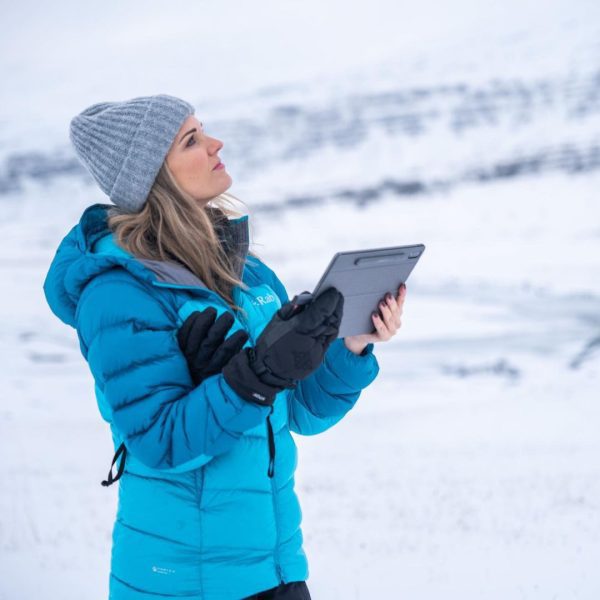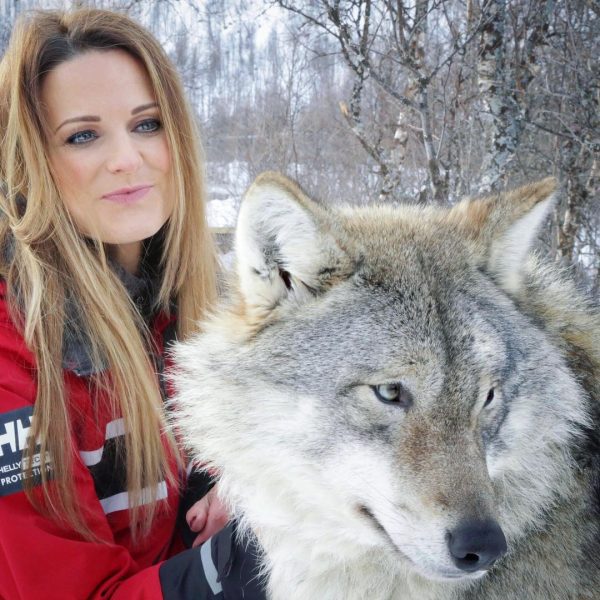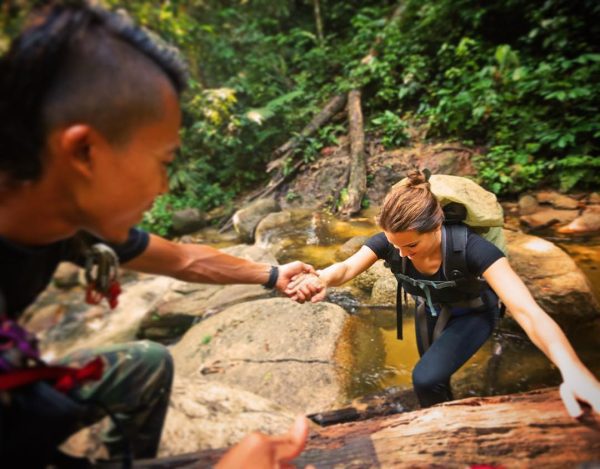Being an avid traveler, I’ve had the opportunity to explore many amazing parts of the world, taking in the local cultures and ecosystems. By far, one of my favourite parts of being on an adventure is watching and filming wildlife in its natural habitat. It is one of the greatest joys that I find in life. The miracles of biology unfurling before my eyes can have me transfixed for hours. I’ve made it my life’s mission to encourage as many people as possible to fall in love with the natural world that surrounds us, but doing so respectfully. It’s imperative to be responsible while observing wildlife in order to keep both the animals and ourselves safe. It is their home we are stepping into and needs to treated as such.

The Art of Stealth
There are many different ways that we can admire nature respectfully. Perhaps the most important thing to remember when setting out to catch sight of a species is to be invisible. Of course, there’s no Harry Potter-style cloak to hide your presence, and often you don’t need to invest in full camo, but essentially your presence should have no effect on the animals’ behaviour.
If you being there impacts any wild creatures’ daily routine, feeding, sleeping, resting or mating behaviours; this could have real consequences on its life and should be avoided completely. For example, a moose resting in the snow in Yellowstone National Park is doing this to conserve vital calories. If you make that animal move by getting too close to take a photograph, it could have a devastating impact on that individual surviving in the harsh winter environment.
In the same way we are creatures of habit, so are animals. They have evolved these behaviours over hundreds of years to survive. We should not be the reason they have to change these practices.

Admiring From Afar
As tempting as it can be, you should avoid touching wild animals at all costs. This is particularly important when it comes to potentially dangerous species. Most people are content not picking up snakes or spiders but tend to have a harder time resisting when it comes to fluffy, furry animals. What if you’re watching a troop of gorillas in Uganda and an overly affectionate youngster makes it way over to you – what would you do? Hopefully the COVID pandemic has educated most people about the dangers of zoonotic diseases – a disease caused by germs that spread between animals and humans. Physical contact with animals increases the chances of spreading viruses (other examples include Ebola, Zika Virus, Lyme Disease, and SARS to name a few). Especially in the case of the great apes who are particularly susceptible to our illnesses. So, not only could these actions encourage the spread of viruses among humans, but you could potentially be introducing a virus humans are capable of fighting off to an animal who cannot.
If you love animals, a stroke or cuddle could be lethal. Don’t kill them with kindness, admire them from afar.
The Benefits of Choosing Local
Teaming up with an expert local guide can be the best way to have the ultimate animal encounter. From optimal locations to the best time of year to visit, the advice of regional specialists is key. Not only will you benefit greatly from a native’s knowledge, you’re bound to learn a thing or two that you won’t find in any text book. When I used to produce wildlife TV shows, we’d nearly always opt to employ a local guide versus an academic expert in the field. There’s nothing that replicates the knowledge learned from spending time in the field.

Lastly, the money that you invest with local experts and guides can help protect the wildlife you adore. The small fees you pay for these guides make the economic case that animals are worth more alive than dead. This data assist those fighting the cause to prevent harmful activities like poaching, illegal fishing, deforestation and the bushmeat trade.
Using Tech To Improve Your Experience
Technology can also help to play a role in travelling more sustainably. Before travelling, I spend time online to do my research. I look for eco-friendly accommodation options, the most sustainable transportation choices and reputable ecotourism providers. I also use carbon footprint calculators to find out how I can reduce the environmental impact of my travels and to take action to drawdown the carbon emissions that can’t be avoided. I use a mix of DAC and afforestation platforms to offset the emissions caused by my travels.

I also like investigate if the accommodation or tour operator have live webcams. This enables me to understand the environment that I’ll be travelling to better before I leave home.
Technology also enables paperless travel. Instead of printing out travel documents and paperwork, I store them digitally on my smartphone and tablet. This reduced waste and promotes a more sustainable approach to travel.
Finally, I’m a real nerd when it comes to energy-saving devices. I always travel with solar-powered chargers, portable power banks and LED travel lights. Not only does this allow you to sustainably charge your devices, it also ensures you’re never out of battery when out in the wilderness.
If you’re about to embark on an eco-adventure, technology can really optimise your experience. From Wildlife ID app that use image or sound recognition to GPS tools that ensure you stay on designated tourist trails, you really can get the most out of your travels using tech.
To keep up with my adventures and learn more about ecotourism, or keep up with my #LenovoInovators journey, follow me on Instagram @CatherineCapon.
